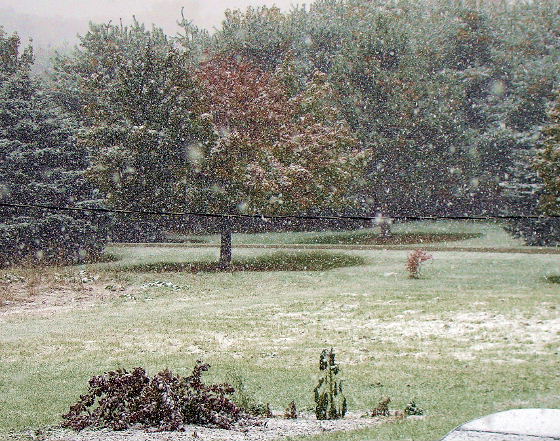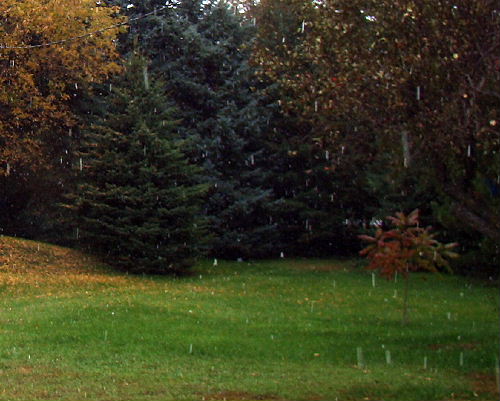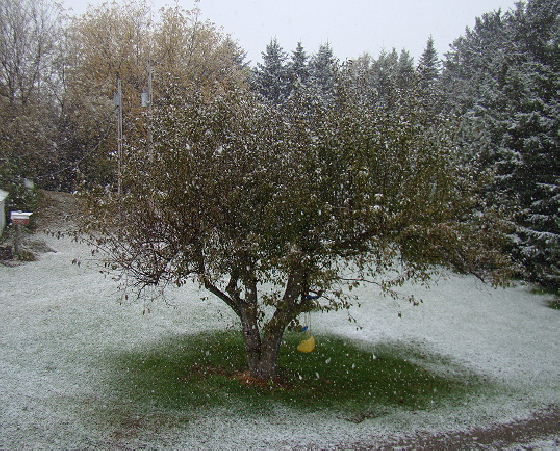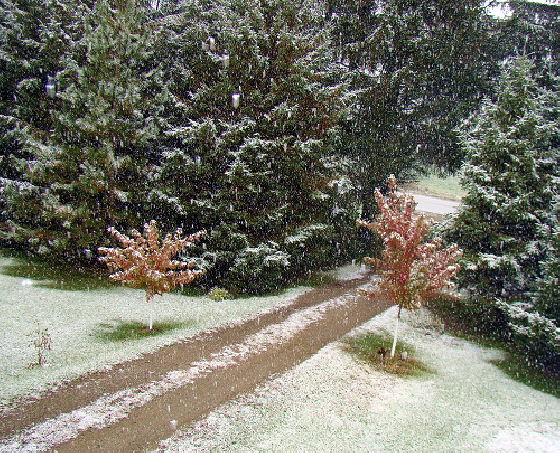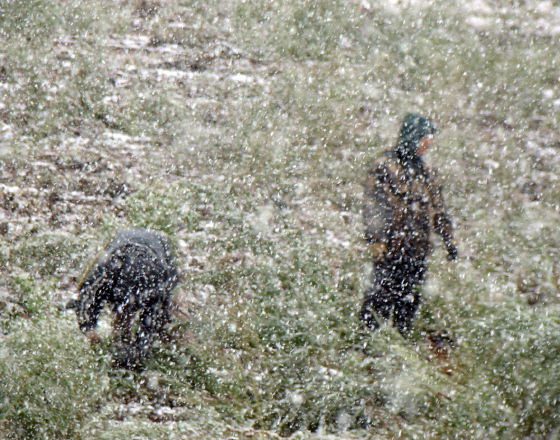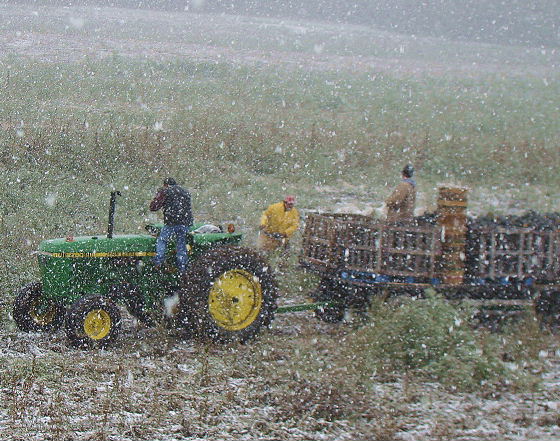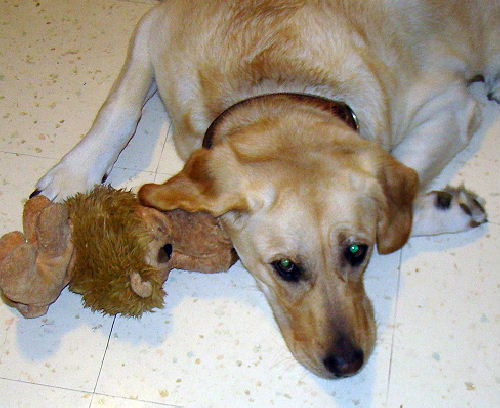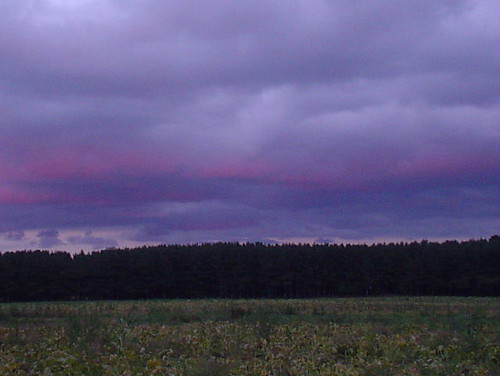Columbus Day?! You have got to be kidding!
Christopher Columbus never even MADE it to the U.S. of A. !
This, for all parents and teachers of every nation, race and creed...
Please feel free to link and to borrow the enclosed text.
The following, because of our proximity to "Columbus Day" (WHAT?!)?!?!?
...and to Thanksgiving as well.
Good Morning All!
Snow today.
It hasn't gotten here yet, but I did wake up to the watches on my weather.
"...ACCUMULATING SNOWS POSSIBLE COLUMBUS DAY...
AN UPPER LEVEL DISTURBANCE PASSING OVER THE STATE TODAY
WILL COMBINE WITH AN UNSEASONABLY COLD AIR
TO PRODUCE A MIX OF RAIN AND SNOW ACROSS EAST CENTRAL WISCONSIN.
SOME MINOR ACCUMULATION WILL BE POSSIBLE TODAY...
HOWEVER MOTORISTS TRAVELING NORTH OR WEST MAY RUN INTO MORE SNOW.
ACCUMULATION FROM 1 TO 3 INCHES OF SNOW IS POSSIBLE
MAINLY NORTH OF LINE FROM
WISCONSIN RAPIDS TO CLINTONVILLE TO OCONTO.
Terribly unfunny. (Note the word "unseasonably" above).
Know too this should be North and West of where I am.
If you live around here, and are anything like me, those winter coats are still packed away. -Not for long. Even Punk was all balled up on the couch earlier. Now she is tucked behind the blanket. As I type, the furnace is running. Must be Winter? It feels like December- Not October.
This is for Mother Nature. ---> 
.
Say YAY too! Casey has blogged! TWICE!
For her updates, click here for health, or here for school.
Now on to the topic at hand...
The following artwork was done by my niece, Meghan Dorand Keirs.
She is a highly talented and respected artist.
(Click on her name if you might like to see more of what she has done).
She takes many beautiful photos as well.
.
.
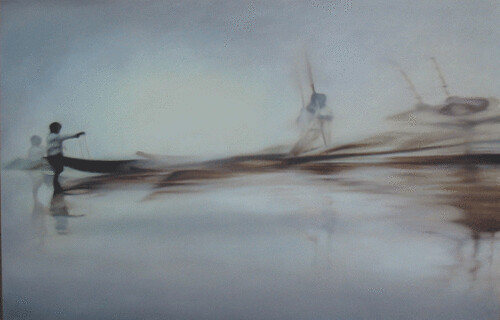
Still my favorite of all her wonderful works...
.
Having been trying to catch up on a few blogs, and being reminded that apathy and ignorance run rampant among some of us, I searched my computer for hours to find where I had stashed the following words...
Please feel free to share this with others.
I am sorry that I cannot give credit to the author (Originally I had read it at one of my Native Groups on Yahoo 360).
Of interest is that every group of people can actually 'use' these ideas... whether of Native/Indigenous descent or not.
~~~~~~~~~~~
Teaching the Young about Native Americans
Young children's conceptions of Native Americans often develop out of media portrayals and classroom role playing of the events of the First Thanksgiving. The conception of Native Americans gained from such early exposure is both inaccurate and potentially damaging to others.
For example, a visitor to a child care center heard a four-year-old saying, "Indians aren't people. They're all dead." ...This child had already acquired an inaccurate view of Native Americans, even though her classmates were children of many cultures, including a Native American child!
Derman-Sparks (1989) asserts that by failing to challenge existing biases we allow children to adopt attitudes based on inaccuracies. Her book is a guide for developing curriculum materials that reflect cultural diversity.
This digest seeks to build on this effort by focusing on teaching children in early childhood classrooms about Native Americans.
- Note that this digest, though it uses the term "Native American," recognizes and respects the common use of the term "American Indian" to describe the indigenous people of North America.
- While it is most accurate to use the tribal name when speaking of a specific tribe, there is no definitive preference for the use of "Native American" or "American Indian" among tribes or in the general literature.
STEREOTYPES CHILDREN SEE
Most young children are familiar with stereotypes of the Native American. Stereotypes are perpetuated by television, movies, and children's literature when they depict Native Americans negatively, as uncivilized, simple, superstitious, blood-thirsty savages, or positively, as romanticized heroes living in harmony with nature (Grant & Gillespie, 1992).
The Disney Company presents both images in its films for children. For example, in the film PETER PAN, Princess Tiger Lily's father represents the negative stereotype as he holds Wendy's brothers hostage, while in the film POCAHONTAS, Pocahontas represents the positive stereotype who respects the earth and communicates with the trees and animals.
Many popular children's authors unwittingly perpetuate stereotypes. Richard Scarry's books frequently contain illustrations of animals dressed in buckskin and feathers, while Mercer Mayer's alphabet book includes an alligator dressed as an Indian. Both authors present a dehumanized image, in which anyone or anything can become Native American simply by putting on certain clothes. TEN LITTLE RABBITS, although beautifully illustrated, dehumanizes Native Americans by turning them into objects for counting. BROTHER EAGLE, SISTER SKY (Harris, 1993) contains a speech delivered by Chief Seattle of the Squamish tribe in the northwestern United States. However, Susan Jeffers' illustrations are of the Plains Indians, and include fringed buckskin clothes and teepees, rather than Squamish clothing and homes.
AN ACCURATE PICTURE OF NATIVE AMERICANS
Native Americans make up less than one percent of the total U.S. population; yet represent HALF the languages and cultures in the nation.
The term "Native American" includes over 500 different groups and reflects great diversity of geographic location, language, socioeconomic conditions, school experience, and retention of traditional spiritual and cultural practices. However, most of the commercially prepared teaching materials available present a generalized image of Native American people with little or no regard for differences that exist from tribe to tribe.
TEACHING SUGGESTIONS
When teachers engage children in project work, teachers should choose concrete topics in order to enable children to draw on their own understanding.
In teaching about Native Americans, the most relevant, interactive experience would be to have Native American children in the classroom. Such experience makes feasible implementing anti-bias curriculum suggestions.
Teachers may want to implement the project approach (Katz & Chard, 1989), as it will allow children to carry on an in-depth investigation of a culture they have direct experience with.
In these situations, teachers may prepare themselves for working with Native American families by engaging in what Emberton (1994) calls "cultural homework":
- reading current information about the families' tribe, tribal history, and traditional recreational and spiritual activities;
- learning the correct pronunciation of personal names.
POSITIVE STRATEGIES
A number of positive strategies can be used in classrooms, regardless of whether Native American children are members of the class.
1. PROVIDE KNOWLEDGE ABOUT CONTEMPORARY NATIVE AMERICANS to balance historical information.
- Teaching about Native Americans exclusively from a historical perspective may perpetuate the idea that they exist only in the past.
2. PREPARE UNITS ABOUT SPECIFIC TRIBES, rather than units about "Native Americans." For example, develop a unit about the people of Nambe Pueblo, the Turtle Mountain Chippewa, the Potawotami.
- Ideally, choose a tribe with a historical or contemporary role in the local community.
- Such a unit will provide children with culturally specific knowledge (pertaining to a single group) rather than overgeneralized stereotypes.
3. LOCATE AND USE BOOKS THAT SHOW CONTEMPORARY CHILDREN OF ALL COLORS ENGAGED IN THEIR USUAL, DAILY ACTIVITIES playing basketball, riding bicycles as well as traditional activities. Make the books easily accessible to children throughout the school year.
Three excellent titles on the Pueblo Indians of New Mexico are:
PUEBLO STORYTELLER, by Diane Hoyt-Goldsmith;
PUEBLO BOY: GROWING UP IN TWO WORLDS, by Marcia Keegan; and
CHILDREN OF CLAY, by Rina Swentzell.
Many titles are available at the Smoke Shops in Green Bay and Shawano.
Oneida, Ojibway (Chippewa), Winnebago- to name a few tribes in Wisconsin.
.
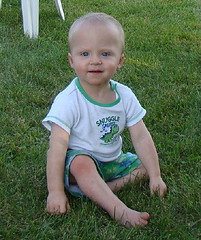 ~Baby Sam just received his tribal card!
~Baby Sam just received his tribal card!
.
.
4. OBTAIN POSTERS THAT SHOW NATIVE AMERICAN CHILDREN IN CONTEMPORARY CONTEXTS, especially when teaching younger elementary children.
- When selecting historical posters for use with older children, make certain that the posters are culturally authentic and that you know enough about the tribe depicted to share authentic information with your students.
5. USE "PERSONA" DOLLS (dolls with different skin colors) in the dramatic play area of the classroom on a daily basis.
- Dress them in the same clothing (t-shirts, jeans) children in the United States typically wear and bring out special clothing (for example, manta, shawl, moccasins, turquoise jewelry for Pueblo girls) for dolls only on special days.
6. COOK ETHNIC FOODS but be careful not to imply that all members of a particular group eat a specific food.
7. BE SPECIFIC ABOUT WHICH TRIBES USE PARTICULAR ITEMS.
when discussing cultural artifacts (such as clothing or housing) and traditional foods. The Plains tribes use feathered headdresses, for example, but not all other tribes use them.
8. CRITIQUE A THANKSGIVING POSTER DEPICTING THE TRADITIONAL, STEREOTYPED PILGRIM AND INDIAN FIGURES.... especially when teaching older elementary school children.
- Take care to select a picture that most children are familiar with, such as those shown on grocery bags or holiday greeting cards.
- Critically analyze the poster, noting the many tribes the artist has combined into one general image that fails to provide accurate information about any single tribe. (Stutzman, 1993).
9. AT THANKSGIVING, SHIFT THE FOCUS AWAY FROM RE~ENACTING THE "FIRST THANKSGIVING."
Instead, focus on items children can be thankful for in their own lives, and on their families' celebrations of Thanksgiving at home.
Besides using these strategies in their classrooms, teachers need to educate themselves.
MacCann (1993) notes that stereotyping is not always obvious to people surrounded by mainstream culture. Numerous guidelines have been prepared to aid in the selection of materials that work against stereotypes (for example, see Slapin and Seale [1992]).
PRACTICES TO AVOID:
- AVOID USING OVER-GENERALIZED BOOKS, curriculum guides, and lesson plans; and teaching kits with a "Native American" theme.
- Although the goal of these materials is to teach about other cultures in positive ways, most of the materials group Native Americans too broadly. When seeking out materials, look for those which focus on a single tribe.
- AVOID THE "TOURIST CURRICULUM" as described by Derman-Sparks.
This kind of curriculum teaches predominantly through celebrations and seasonal holidays, and through traditional food and artifacts.
- It teaches in isolated units rather than in an integrated way and emphasizes exotic differences, focusing on specific events rather than on daily life.
- AVOID PRESENTING SACRED ACTIVITIES IN TRIVIAL WAYS. In early childhood classrooms, for example, a popular activity involves children in making headbands with feathers, even though feathers are highly religious articles for some tribes.
- By way of example, consider how a devout Catholic might feel about children making a chalice out of paper cups and glitter.
- AVOID INTRODUCING THE TOPIC OF NATIVE AMERICANS ON COLUMBUS DAY OR AT THANKSGIVING.
- Doing so perpetuates the idea that Native Americans do not exist in the present.
CONCLUSION:
Much remains to be done to counter stereotypes of Native Americans learned by young children in our society.
Teachers must provide accurate instruction not only about history; but also about the contemporary lives of Native Americans. '
.
"Teachers must teach"
-without prejudice, bias, or duress.
.
~~~~~~~~~~~
.
.
Sunset at Flintville... 9~9~2007
Yes, I must have a pretty nasty camera when a painting looks so much better than a photo!
.
.
Hope you all have a wonderful Monday!
XOXO
Anne
Yes, this is a repost from September 2007

Free Counter



 ...... Looks just fine now! Thank you Alan!
...... Looks just fine now! Thank you Alan!



